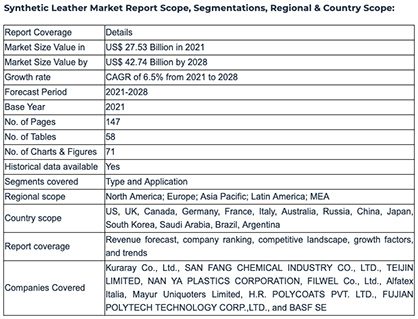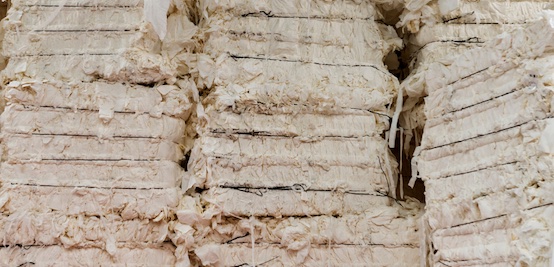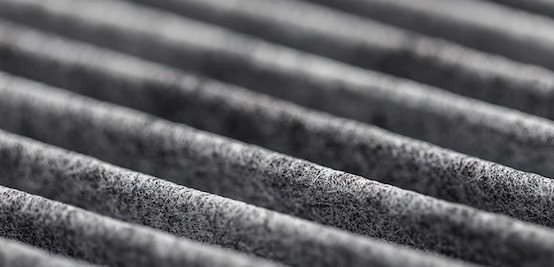#Market Analysis & Forecasts
Synthetic leather market set to exceed $42.74 billion by 2028 with 6.5% CAGR, Polyurethane segment to fuel growth throughout 2021–2028: The Insight Partners report
Synthetic Leather market is driven by the global expansion of the footwear industry. This push is a result of the rapid growth in the global population and the increasing trend of urbanization. Furthermore, the projected growth within the automotive sector is expected to amplify the demand for synthetic leather even more
Get Sample PDF:
https://www.theinsightpartners.com/sample/TIPRE00003932/
Global Synthetic Leather Market: Competitive Landscape and Key Developments
Kuraray Co., Ltd., SAN FANG CHEMICAL INDUSTRY CO., LTD., TEIJIN LIMITED, NAN YA PLASTICS CORPORATION, FILWEL Co., Ltd., Alfatex Italia, Mayur Uniquoters Limited, H.R. POLYCOATS PVT. LTD., FUJIAN POLYTECH TECHNOLOGY CORP.,LTD., and BASF SE are some of the major players operating in the global synthetic leather market. Players operating in the global synthetic leather market are constantly focusing on strategies such as investments in research and development activities.

In 2022, Asia Pacific held the largest share of the global synthetic leather market and is expected to account for the highest growth rate over the forecast period. Asia Pacific is the main hub for the textile industry. According to Textile Value Chain, China is the major exporter with a total share of 37% in the global trade of the textile & apparel sector, followed by other countries, including India, Bangladesh, Indonesia, Vietnam, and Cambodia. China controls about 40% of global textile markets, and India claims the second position. The growing textile industry in this region drives the market for synthetic leather. It is used in a wide range of products such as purses, bags and briefcases, garments, belts, wallets, and sports items such as gloves, pads, and footballs. Furthermore, the rising demand for furniture is driven by population growth, rapid urbanization, and a rise in the number of single-person households and nuclear families. The growing demand from the furniture industry is driving the synthetic leather market. It is used for furnishing and upholstery. It is available in a variety of colors, textures, and patterns giving new limits to interior decorators. The company Sunta manufactures PU synthetic leather. It offers its products to various markets, including upholstery, healthcare, garments, sports, electronics, and all kinds of bags/luggage. Also, Kyowa Leather Cloth manufactures synthetic leather cover materials for various industries, including automotive interiors, housing, and fashion and lifestyle. Fashion and lifestyle-related materials are used in various products, including shoes, handbags, furniture, variety goods, etc.
Advantages of Synthetic Leather
Synthetic leather offers several advantages. It is modified and improved to reflect a visual appearance with realistic leather quality. It is a versatile material and is available in a variety of colors, finishes, and patterns. This offers an opportunity to choose colors and designs for loveseats, sofas, recliners, etc. Synthetic leather also provides a uniform look since all the pieces come from the same stock. Synthetic leather costs much less than genuine leather, and it is typically much more affordable than genuine leather. Moreover, synthetic leather is a waterproof material. It can resist water penetration since it is usually made up of a plastic base layer with a plastic coating. As a result, synthetic leather is the finest choice for applications with continuous exposure to moisture and humidity. Another benefit is that synthetic leather is cruelty-free since animals do not go through any brutality during synthetic leather production. Thus, all these advantages associated with the usage of synthetic leather are driving the market.
Therefore, growing awareness regarding the multi-functionality, inclination for natural products in the food and beverage industry, and related medicinal benefits are likely to enhance the growth of the market in the forecast period.
Synthetic Leather Market: Segmental Overview
Based on type, the synthetic leather market is segmented into polyurethane, polyvinyl chloride, silicone, and others. The polyurethane gum segment held a larger market share in the global synthetic leather market in 2020. Polyvinyl chloride is another attractive segment in the synthetic leather market. Polyvinyl-chloride-based (PVC-based) leather is made by combining polyvinyl chloride with stabilizers, plasticizers, and lubricants, followed by the application of base materials such as polyester, cotton, nylon, or rayon. Polyvinyl-chloride-based leather is less breathable than polyurethane-based leather.
Based on application, the synthetic leather market is segmented into footwear, furniture, automotive, clothing, stationery goods, and others. The footwear segment holds the largest market share in the global synthetic leather market in 2020. Furniture is the most attractive segment in the synthetic leather market and is expected to grow at the fastest pace during the forecast period.
Buy Premium Copy of Synthetic Leather Market Growth Report (2021-2028) at:
https://www.theinsightpartners.com/buy/TIPRE00003932/
Impact of the COVID-19 Pandemic on Synthetic Leather Market
In 2020, various industries had to slow down their operations due to disruptions in value chains caused by the shutdown of national and international boundaries. The COVID-19 pandemic caused supply chain disruptions in the chemical & material industry and hampered the growth of the synthetic leather market. The adverse effect of the pandemic on the material industry negatively impacted the demand for synthetic leather from this industry.
However, various economies have started reviving their operations. With this, the demand for synthetic leather started increasing. The increasing use of synthetic leather in footwear, furniture, automotive, and others is expected to offer more growth opportunities for the global synthetic leather market during the forecast period.















